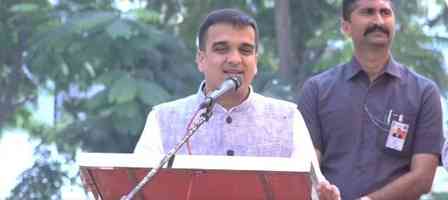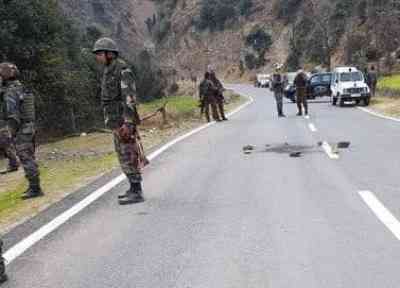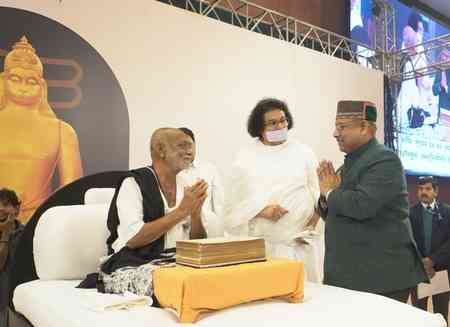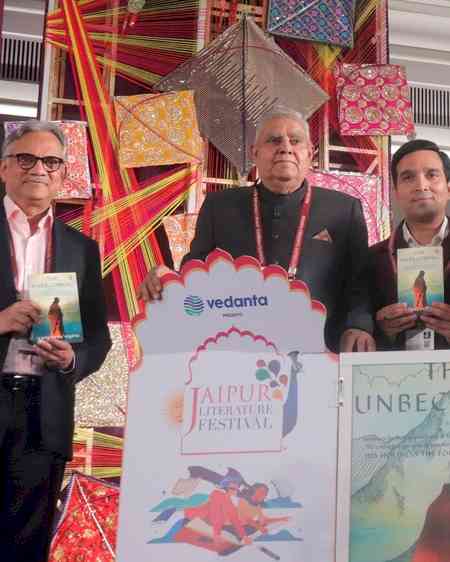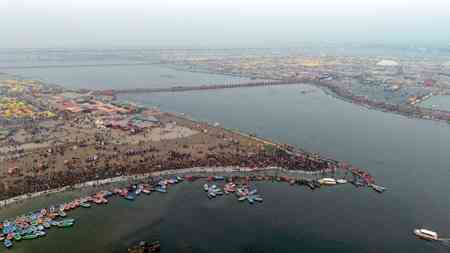A less noisy Diwali, but pollution level remains alarming in Taj city
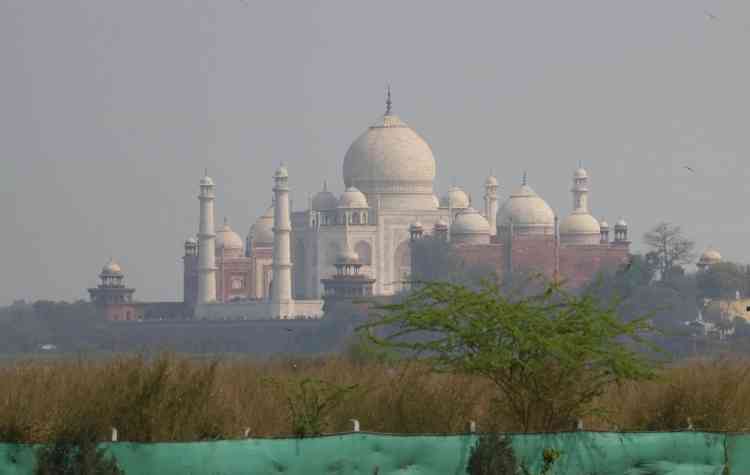
By Brij Khandelwal
Agra, Nov 5 (IANS) Restrictions on firecrackers temporarily helped bring the noise pollution level down in Agra, but the two-hour window neutralized the gains made in the preceding two days.
Air pollution levels caused by dust, vehicular emissions, and fireworks plus the fog, sent alarming health signals, doctors said on Friday. The district administration had issued guidelines and allowed only 144 counters at a dozen locations in the city, for the sale of green crackers.
But there were reports from all areas of clandestine sales of prohibited crackers. "Even rural areas joined the spree in a remarkable show to assert the right to noisy celebrations. It looked like collective defiance of court directives. The city was up in smoke and noise till the wee hours," commented senior citizen Sudhir Gupta of Vijay Nagar colony. Though teams in plain clothes had been deputed along with five additional city magistrates to keep an eye, no action was reported.
Responding to government appeal to go for a cleaner and safer festival, the sale of firecrackers saw a dip, as people in residential colonies chose to light up crackers only after 7 p.m.
Green activists on Friday said in all likelihood the Air quality index must have crossed 400. It was 300 on Monday, 327 the next day, while on Wednesday, it had crossed 340. According to official sources, the AQI had gone beyond 430 on Friday. The SPM level was already critically high, though the state pollution control board officials had claimed they were keeping an eye and warning polluters. Two teams were especially put on the job.
The SPM and RSPM (suspended particulate matter) levels continue to remain significantly high. "Agra suffers due to dry river Yamuna, raising a lot of dust, and the Rajasthan desert on its periphery." Recent measures to green up the borders of the city to filter wind from the west, have not yielded appreciable results. "The worst sufferer of air pollution has been the Taj Mahal, hit by dust and mosquitoes that leave greenish excreta on its surface," said environmentalist Dr Devashish Bhattacharya.
This year before Diwali, spirited campaigns by Hindutva groups persuaded a large number of people to go all out and burst crackers. The awareness level that had shown an appreciable upward trend took a plunge, said river activist Rahul Raj.
Interestingly, the whole of Thursday, there were hardly any crackers bursting or fireworks but as the evening advanced, people joined the celebrations on the streets, in colonies and mohallas. The crackers could be heard past midnight, observed Deepak Rajput. Many people believed that the spread of deadly Dengue could be contained with fireworks and crackers. But with the continuing fall in night temperature, the city is breathing hard, choked as it is with a thick layer of smog that has reduced visibility.
Despite the price rise and the financial crunch, bazaars reported brisk business before Diwali. One local Halwai even offered Rs 30,000 per kilo mithai, for sale. Shishir Bhagat, local president of the Vyapar Mandal, said "sweets worth more than Rs 10 crore were sold in a couple of hours." Petha sellers reported a brisk sale of Petha. "For health reasons, people have been avoiding sweets made of ghee, Besan or Maida. Therefore there was a huge demand for Petha this year from all over India." Market sources said more than Rs 60 crore worth Petha was sold out before Diwali.


 IANS
IANS 
